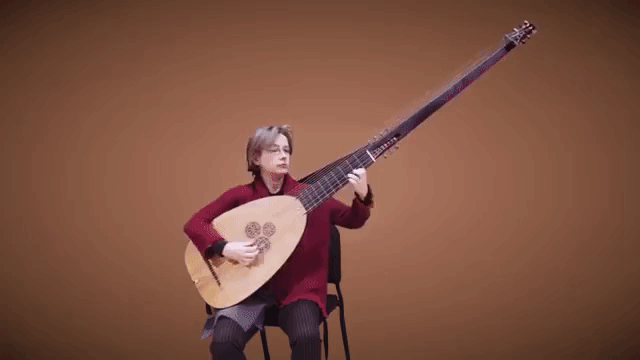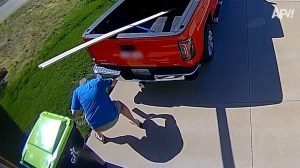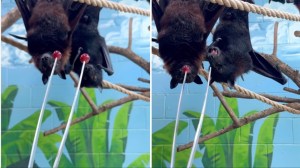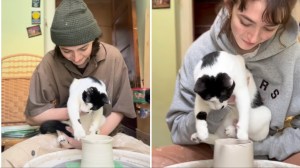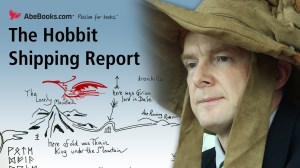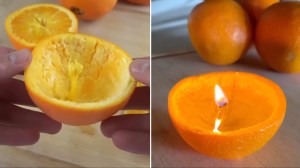Musician Elizabeth Kenny of the Orchestra of the Age of Enlightenment played a beautiful Baroque era song on a Theorbo, which she explained is a long double necked lute that was first invented by Alessandro Piccinini in the 17th century in order to address the growing need at the time for a fuller instrument sound.
The length of the double neck creates considerable bass range and fills out the sound in a lovely manner. Kenny jokes about the instrument being of two personalities, part serious, part “daft”, particularly when she’s taking the tube in London.
Essentially I’m playing a lute with an extra neck. Puccini called his invention the arch lute and other makers at the same time were working on a different kind of prototype called a chitarroni. This was meant to evoke the music of the spheres. The ancient Greek guitarra and was very intellectual enterprise however because it looks a bit daft it acquired a second name a theorbo. …what I love about the instrument is that these two identities the serious one and the daft one existed and still co-exists. When I catch the Tube in London, the capona or the blockhead identity comes out. People complain a lot about the space that I take up.
Here’s Kenny playing the Theorbo alongside soprano Mary Bevan as they perform “Lagrime Mie” by Barbara Strozzi.

